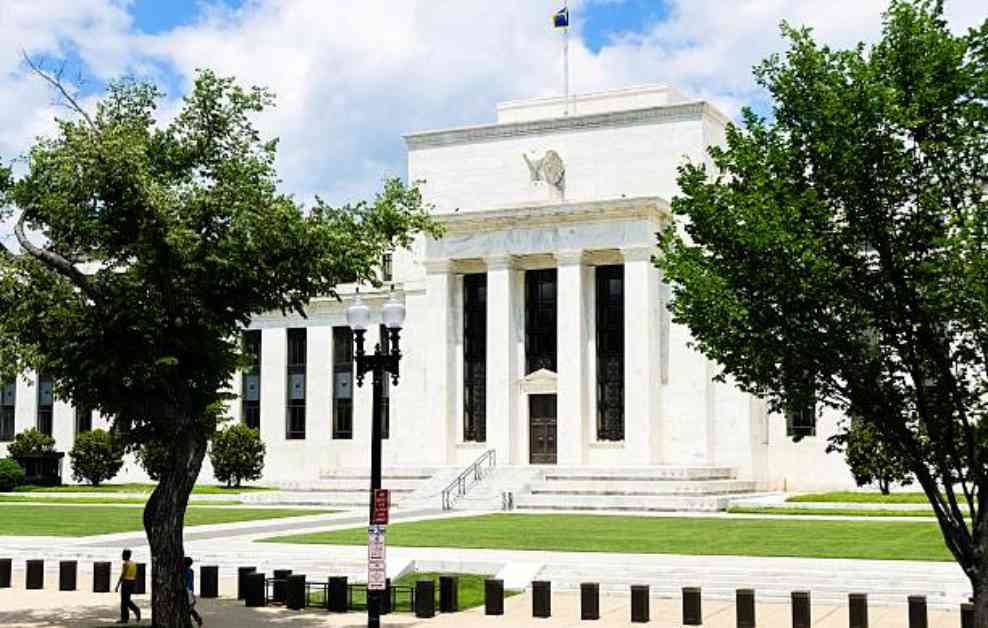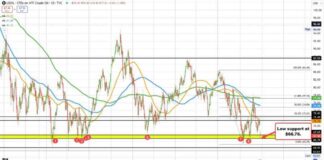The Federal Reserve has entered a cutting cycle, which has significant implications for forex trading. The markets kicked off the week with lingering fears of a recession following a disappointing August US jobs report. Adding to the pessimism was Chinese core inflation dropping to 0.3%, indicating weak demand in China. This sentiment was reflected in the FX markets, with the Swedish and Norwegian kroner experiencing further declines, the latter also weighed down by lower oil prices. However, there was a slight turnaround in sentiment on Thursday, with equities rising and industrial metals and oil prices rebounding.
The European Central Bank (ECB) cut rates by 25 basis points, as widely anticipated. President Lagarde did not provide any guidance on the timing of the next policy move, indicating that the ECB is content with the current market pricing. Lagarde expressed confidence in meeting the 2% inflation target in the medium-term, with domestic inflation pressures remaining elevated due to high wage growth. However, the July industrial production data from the euro area confirmed concerns about the manufacturing sector’s impact on Q3 GDP growth.
In the US, the presidential debate saw Kamala Harris emerge as a standout candidate, leading to a slight dip in the USD and yields. This suggests that market expectations of Trump pursuing expansionary fiscal policies and protectionist measures remain unchanged. With uncertainty still looming over the US labor market, inflation data took center stage this week as investors sought clarity on the Federal Reserve’s next move. Core inflation came in slightly higher than expected at 0.3%, driven mostly by shelter prices. This indicates that businesses still have room to raise prices, but also puts pressure on the Fed to monitor inflation closely. The upcoming FOMC meeting will likely result in a 25 basis point cut, with retail sales data not expected to significantly alter the rate outlook.
Looking ahead, several central bank meetings are scheduled for the following week. The Bank of England meeting will focus on inflation data released the day before, while the Bank of Japan’s policy meeting is expected to show an uptick in price pressures. Despite this, the yen has benefited from a bond market rally and lower oil prices, making an immediate rate hike less urgent for the BoJ. The ECB is expected to take a gradual approach to rate cuts due to high domestic inflation. Additionally, the final euro area inflation data will provide insights into the region’s inflation trends.
Overall, the Federal Reserve’s entry into a cutting cycle will have a significant impact on forex trading. Investors should closely monitor central bank meetings and economic indicators to make informed trading decisions. Stay tuned for further updates and insights on how these developments may shape the forex market in the coming weeks.

















